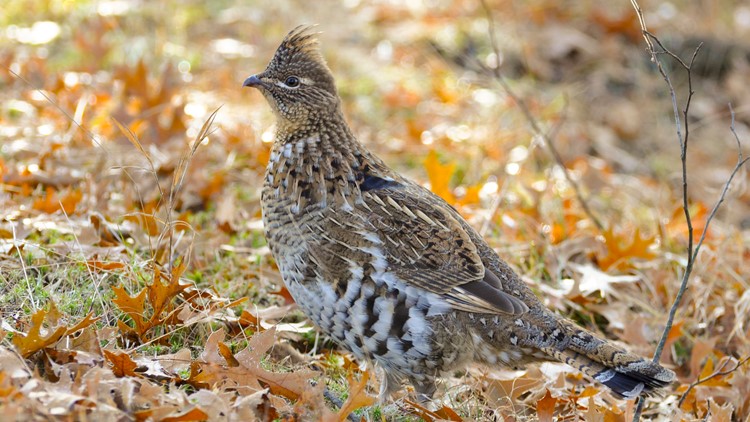ITASCA COUNTY, Minn. — Hunters concerned about the abnormal behavior of ruffed grouse they harvested led to the discovery of a form of encephalitis never found in a Minnesota wild animal before.
Three grouse bagged in Itasca County were turned into the Minnesota Department of Natural Resources (DNR) after hunters noticed they either didn't or couldn't fly away when approached. After they were harvested the hunters also noticed a lack of muscle mass in the birds. The grouse were taken to the U of M's Veterinary Diagnostic Lab, where they were found to be infected with eastern equine encephalitis (EEE).
“It is rare for us to find EEE in Minnesota, but this year we’ve diagnosed the virus in these grouse and a horse,” said the lab's Dr. Arno Wuenschmann. “I initially suspected that West Nile virus caused the encephalitis but molecular tests conducted on the grouse in collaboration with the Animal Health Diagnostic Center at Cornell University proved EEE virus was to blame.”
Eastern equine encephalitis is a viral illness that is transmitted by mosquitoes and can cause encephalitis, which is inflammation of the brain. The virus mostly moves between passerine (perching) birds and a specific species of mosquito in freshwater hardwood wetlands. Birds in this cycle usually remain healthy despite being bitten and infected.
EEE is a rare illness in humans. People bitten by infected mosquitoes seldom develop any symptoms but the virus can be serious if they do. The virus is typically found in the eastern U.S. and along the Gulf Coast, but also has been found in other states including Michigan and Wisconsin.
Prior to the diagnosis in the three grouse, the DNR had confirmed that wolves and moose in northeastern Minnesota had been exposed to the virus but never found animals of either species sick with the disease.



